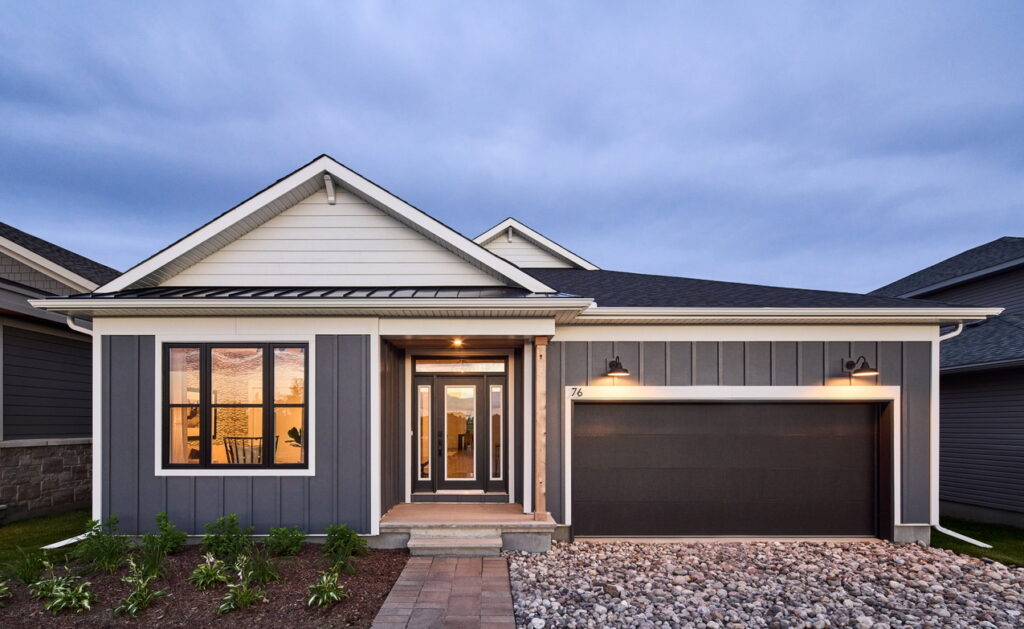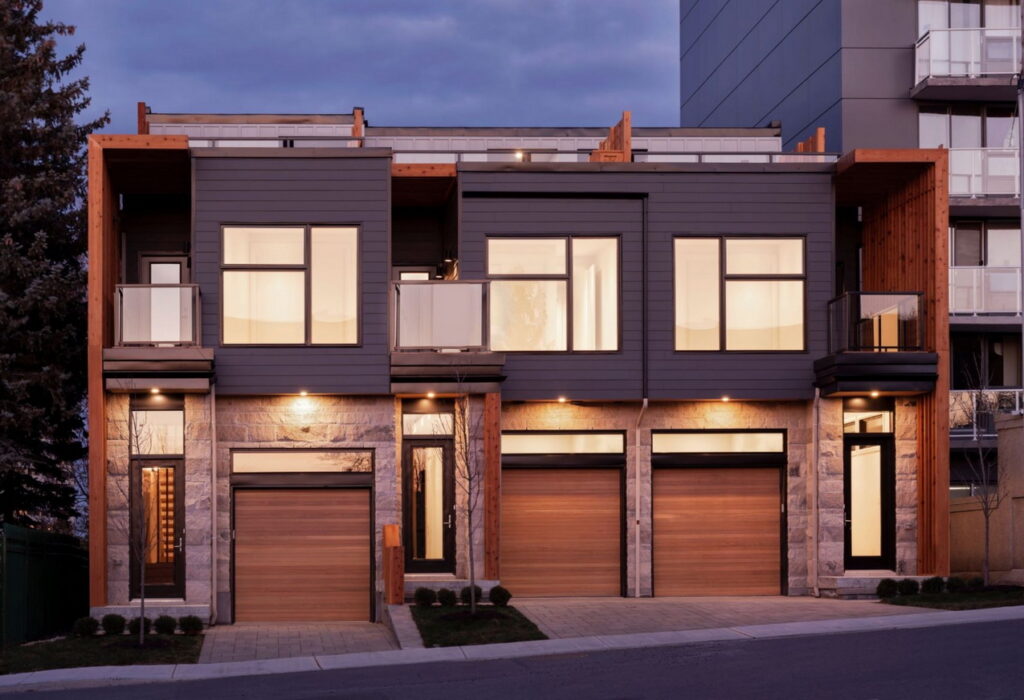Whoever becomes mayor of Ottawa on Oct. 24 will have to do some heavy lifting on the housing file — not only to address our current housing affordability and supply crisis but to ensure that our actions today don’t perpetuate the crisis moving forward.
The onslaught of housing statistics detailing the shortage has been relentless:
- In May 2022, the Canada Mortgage and Housing Corporation (CMHC) released a report observing that Ottawa’s population is growing faster than the rate at which new homes are being built.
And while we’re doing a good job providing a variety of housing — 40 per cent apartments, 30 per cent “missing middle” housing and 30 per cent single-detached — the totality of new homes is not enough to meet demand.
CMHC also noted that despite a 50-year high in new home starts in 2021, housing supply is still the biggest barrier to affordability. - Then in June, CMHC made more headlines when it released its analysis that in order to restore housing affordability, Canada needed to build 3.5 million additional homes by 2030 on top of the 2.3 million it projected would already be built between 2021 and 2030.
This figure, along with the provincial government’s goal of building 1.5 million new homes across the province in the next 10 years, means Ottawa will have to increase housing starts from the 10,000 achieved in 2021 to closer to 15,000 consistently over the next decade. - Following that, housing economist Will Dunning released his findings that, between 2006 and 2021, Ottawa was 23,838 homes short of what we needed to build for our growing population.
- And now in August, Mike Moffatt of the Smart Prosperity Institute released an analysis that not only confirms the provincial government’s target of 1.5 million homes over the next decade but that Ottawa’s share needs to be at least 100,100 homes.
So, beyond confirming our worst concerns about a shortage of housing, why is the housing industry sounding the alarm?
Because the city is baking a systemic housing shortage into its housing policies and growth plans.

A shift in growth projections
Back in 2019, the City of Ottawa forecasted three potential population growth scenarios (low, medium and high) for the city’s new Official Plan. The new draft plan approved last year is built on housing requirement estimates from the “medium” scenario, which is 400,000 new people and 195,000 new homes over the next 25 years.
However, growth projections have changed significantly since then. Last year, the Ontario Ministry of Finance published new population projections that forecasted Ottawa could see 530,000 new residents by 2046 — an additional 130,000 over the medium growth scenario (but close to the city’s “high” growth scenario) that the Official Plan is based on.
According to an October 2021 report by Moffatt and the Smart Prosperity Institute, the increase in population translates into a need for 224,000 new homes by 2046. That’s a deficit of 29,000 homes over the next 25 years compared to the current Official Plan.
Broken out by housing type, the results mean that there is a need for 72,200 high-rise apartments (an additional 19,600 more than the Official Plan) and 151,800 low-rise housing units (an additional 9,600 homes than the current Official Plan). Low-rise homes would include four-storey and shorter apartment buildings, townhomes, row homes and semi- and single-detached homes.
To have a chance at prosperity and housing affordability over the next 25 years, the city cannot be in a position where its Official Plan is shooting for a housing target that is well below the housing needs of its residents, both current and future.

Added costs
Not only does that next mayor have to address housing supply, but they will also need to have a serious look at what costs the city imposes on new housing.
This has been an important thread of conversation at planning committee over the past number of months.
Whether discussing inclusionary zoning, Bill 109, a new comprehensive zoning bylaw, parkland dedication, the high-performance development standard or community benefit charges, there’s acknowledgement of the cumulative impact of city-imposed costs on new housing, and how adding costs negatively impacts housing affordability and disincentivizes intensification, especially when it comes to mid- and high-density housing near transit.
The total cost of the above measures has added $100,000 to the cost of such homes.
And sadly, the most significant cost burden of these measures is on the type of housing that is supposed to be the most affordable in the city — one-, two- and three-bedroom apartments that are close to transit.
The fact of the matter is that these city-imposed costs work against the city’s goals for housing, especially for affordability and intensification, and continuing to increase costs on new housing makes it much more likely that the Official Plan is going to fail.
Planning for the future
That’s why the Greater Ottawa Home Builders’ Association and its members are pushing to ensure there’s enough housing for Ottawa’s current and future residents, and that the housing shortage is recognized as the primary factor for our current housing affordability crisis.
Is housing affordability complicated and multi-factored? Of course, it is. On top of supply, also playing a role are inflation, interest rates, supply chain issues, labour force and investors. There’s no silver bullet that’s going to magically fix things. But increasing housing supply is the intrinsic first step to addressing the housing crisis.
It’s also critical that Ottawa provide a range of housing and lifestyle options for residents to attract and retain talented people, businesses and economic development opportunities. Our housing affordability is an economic competitive advantage for employers compared to Toronto and Montreal, so we need to protect it.
Ottawa’s next mayor (and city council) has a responsibility to not only look at our current housing affordability and supply issues, but also consider that the decisions we make now will affect affordability and choice for those looking for a home 10 or 20 years from now.
So, when a candidate comes looking for your vote, make sure they explain how they’re going to tackle Ottawa’s housing affordability and supply crisis.







